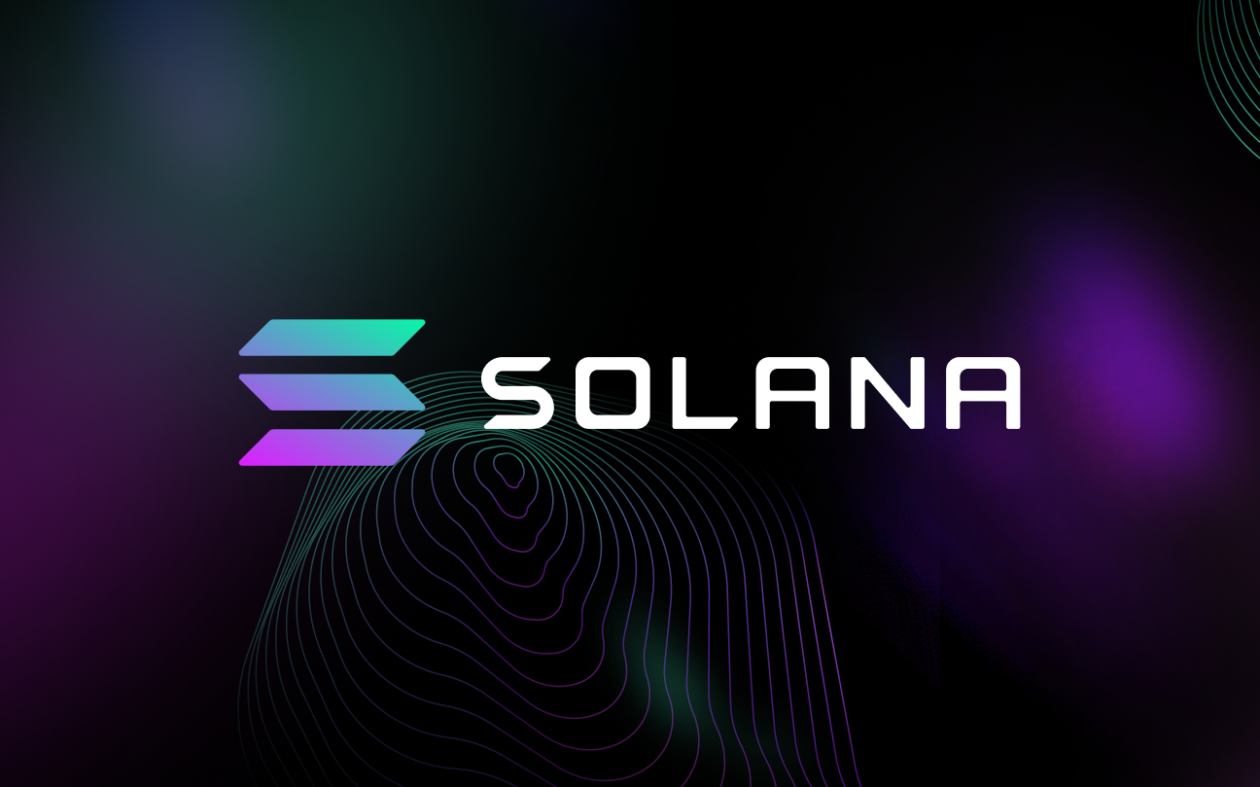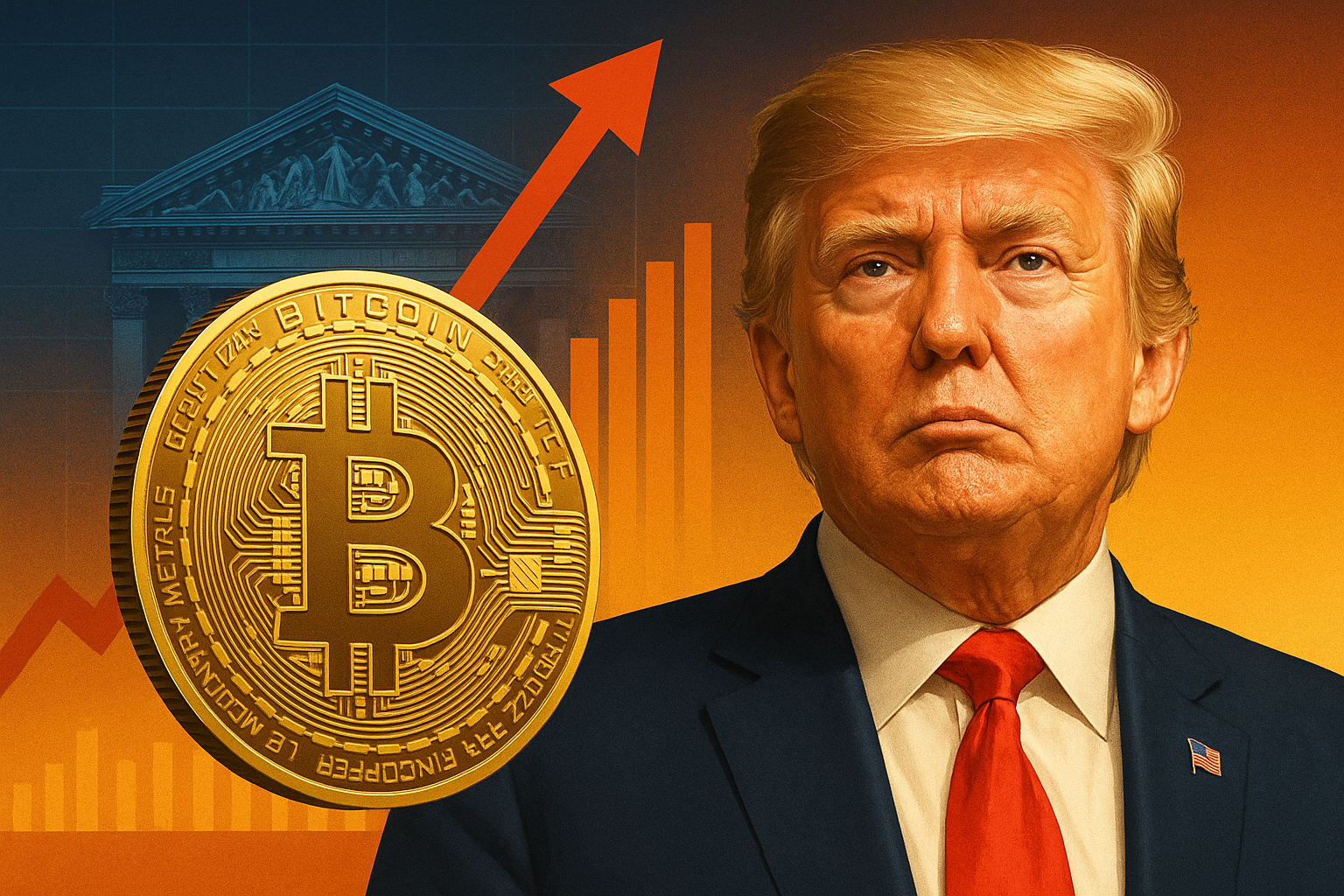Metaplex is under fire for a controversial move to transfer millions of dollars in unclaimed SOL to its DAO treasury. The plan, which involves sweeping over 54,000 SOL (worth around $7.3 million) into community reserves, has triggered legal threats and backlash from the Solana NFT ecosystem.
The criticism centers around unused “resize rent,” a small fee users paid when minting NFTs to cover blockchain storage. After a recent upgrade made metadata accounts smaller, leftover funds have been sitting untouched. Many users were either unaware of these balances or never told how to reclaim them.
Instead of returning the funds, Metaplex intends to reroute them into the DAO treasury for community-related initiatives like grants and airdrops.
But legal experts and crypto advocates are raising concerns. Burwick Law, a New York firm focused on protecting investor rights in crypto, claims the action may be both ethically questionable and potentially illegal. It could also violate consumer protection laws.
The clock is ticking. Users have until April 25 to reclaim their SOL using tools like @solincinerator. Critics online, including user @0x_ultra, have warned that Metaplex’s move could erode trust and damage the reputation of the broader Solana NFT ecosystem.
Metaplex Faces Legal Pushback Over Plan to Seize Unclaimed Rent Fees
Burwick Law has issued a public warning to Metaplex and the Solana development community, stating that transferring user-paid rent fees into a DAO treasury could constitute unjust enrichment, conversion, and potential violations of consumer protection laws.
The dispute involves around 54,000 SOL in unclaimed “resize rent” fees users paid during NFT minting to support on-chain storage. Metaplex intends to move these funds into its DAO treasury on April 25, 2025.
Drawing comparisons to banking lawsuits where hidden fees were refunded through class action settlements, Burwick argues that users could be legally entitled to repayment if Metaplex does not provide a mechanism for refunds.
As an alternative, the firm proposed a code-based fix that would refund the majority of the funds — 90 percent to users, with 10 percent allocated to the DAO as a maintenance fee. This approach, they said, would uphold Web3 principles and demonstrate the ecosystem’s ability to self-regulate.
Metaplex has not yet issued a public response. It previously claimed that any reclaimed SOL would go toward community initiatives.
NFT Market Faces Legal Risks and Shifting Industry Dynamics
The controversy surrounding Metaplex is unfolding amid a broader downturn in the NFT sector.
In March, Watch Skins Corporation filed a federal lawsuit against LVMH, accusing TAG Heuer of infringing on patented technology that enables smartwatches to display authenticated NFT artwork. The company claims TAG Heuer encouraged users to violate its intellectual property.
At the same time, NFT market activity has sharply declined. Trading volumes in February dropped by 60 percent compared to prior months, despite a temporary rebound in late 2024. According to DappRadar and CryptoSlam, total NFT sales for 2024 were $8.83 billion, significantly lower than the $23.7 billion peak in 2022.
Solana, currently third in total NFT volume behind Ethereum and Bitcoin, contributed $1.4 billion. While the figure highlights growth, it also reflects the market’s fragility.
Further pressure has come from a major security breach at Bybit, which lost nearly $1.5 billion in a cyberattack attributed to North Korea. In response, Bybit shut down its NFT and IDO platforms, citing a shift in strategic priorities.
Although Bybit framed the decision as streamlining, the move reflects broader concerns over legal exposure, falling demand, and growing security risks.
With these developments casting a shadow over the industry, the outcome of Metaplex’s planned SOL sweep may signal the direction of the NFT ecosystem in the months ahead.






